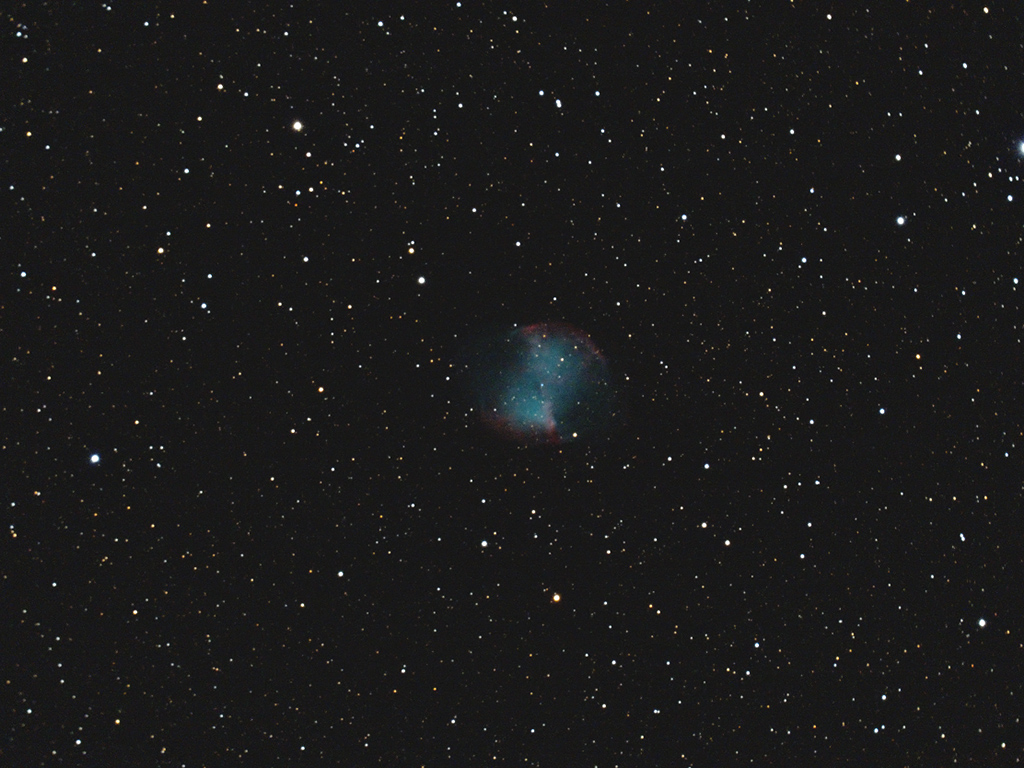
Telescope: Light Switch 8 @ f/6.2 (Optec 0.62x focal reducer), altaz mode
Camera: Full Spectrum Modified Canon 600D, interval timer
Filter: GSO IR Blocking Filter
Guide scope: None
Exposure: 37x10sec, ISO 1600, saved as RAW
Darks: Internal (Long Exposure Noise Reduction On)
Flats: 32×1/10sec, Tee shirt flats taken at dusk
Average Light Pollution: Red zone, Bortle 8, fair transparency
Lensed Sky Quality Meter: 18.6
Stacking: Mean with a 1-sigma clip.
White Balance: Nebulosity Automatic
Software: Deep Sky Stacker, Nebulosity, Photoshop
M27, the Dumbbell nebula, is an expanding shell of gas that was ejected from a sun-like star as it exhausted its hydrogen fuel. Swollen into a red giant, the star shed its outer shell while its core collapsed into a white dwarf. Fierce UV radiation from the collapsed core sets the surrounds gas aglow with the blue/green light of doubly ionized oxygen. The diameter of the nebula is about 1 light-year with an estimated age of 9,800 years. Located between Sagitta and Cygnus, M27 is fairly easy to find with a small telescope. Visually, it shows two lobes connected by a neck of nebulosity, giving the nebula its characteristic dumbbell shape.
This is the last image in a very long series of 42 images taken to explore basic deepsky imaging using fairly simple equipment including a stock and a modified DSLR and several different 8” SCTs operating at f/10 and f/6.3, all on various altaz mounts (LX90, LX65, and Light Switch), and just an interval timer, no computer, no guiding. This has been a really fun journey and one that I’ll likely pick up again in the spring. It has also proven to be very helpful reminding me just how much you can do with relatively gear and it offers a nice option for a variety of different bright targets and projects such as monitoring asteroids and variable stars.
So much to try, so few clear nights…
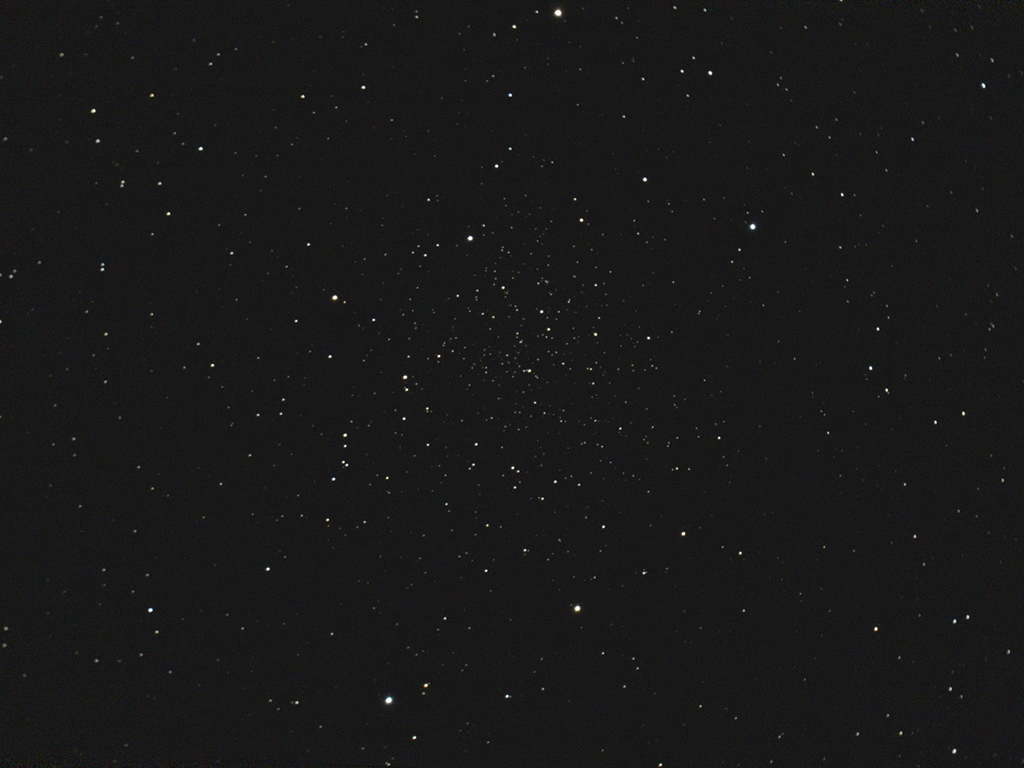
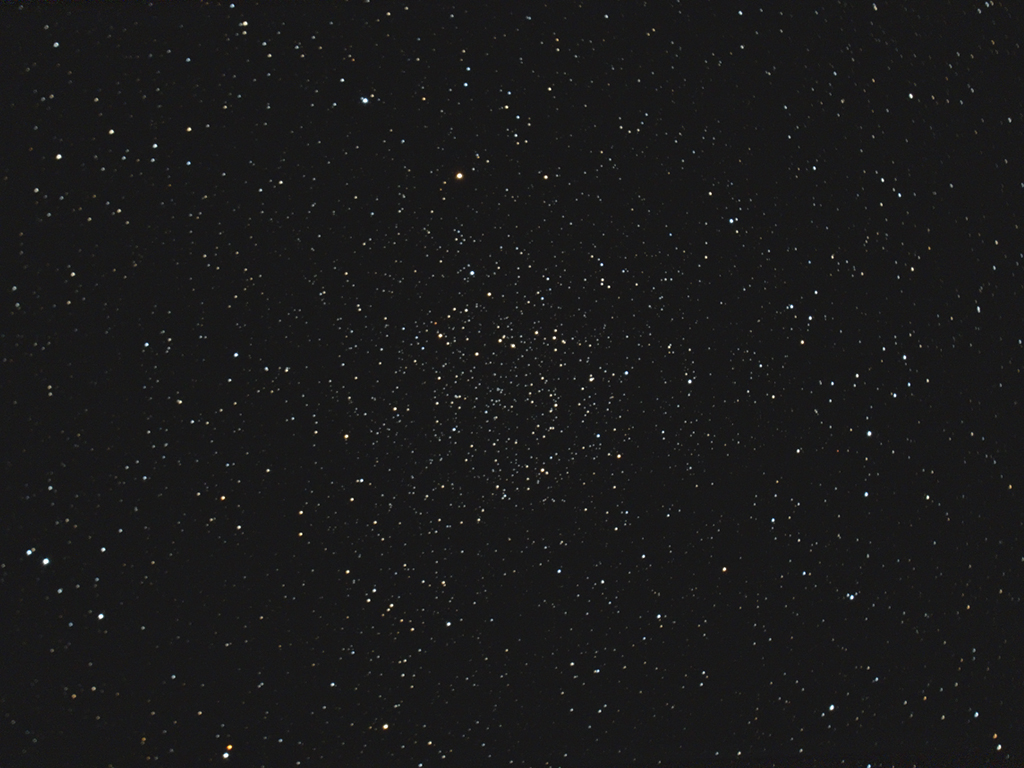
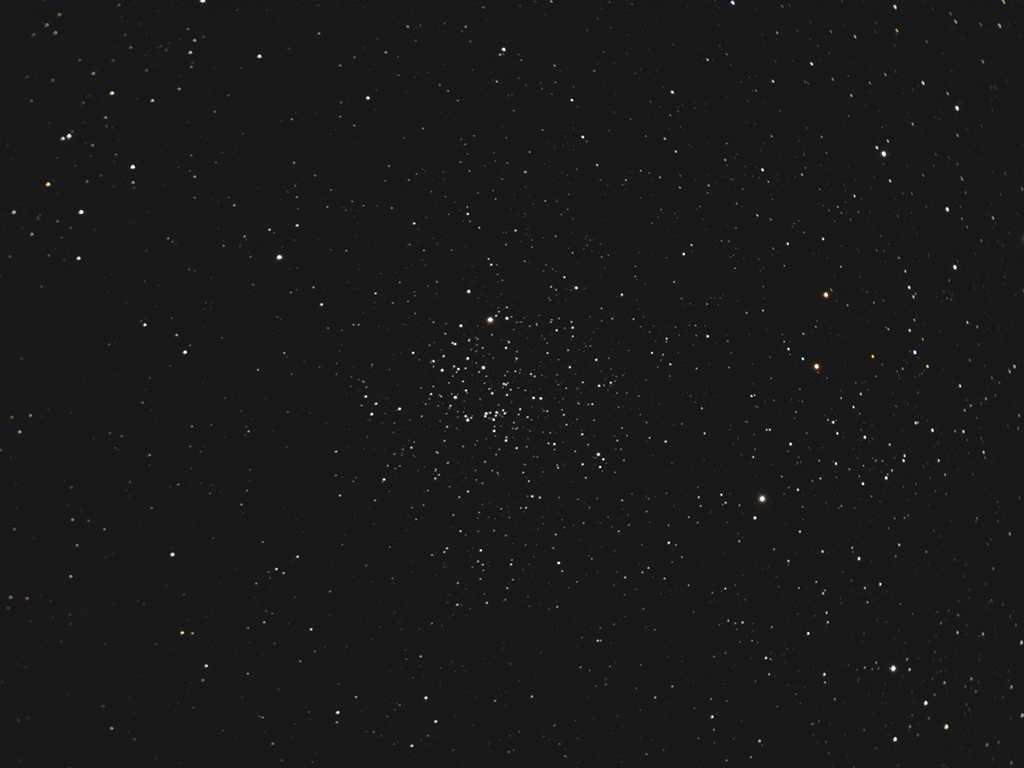
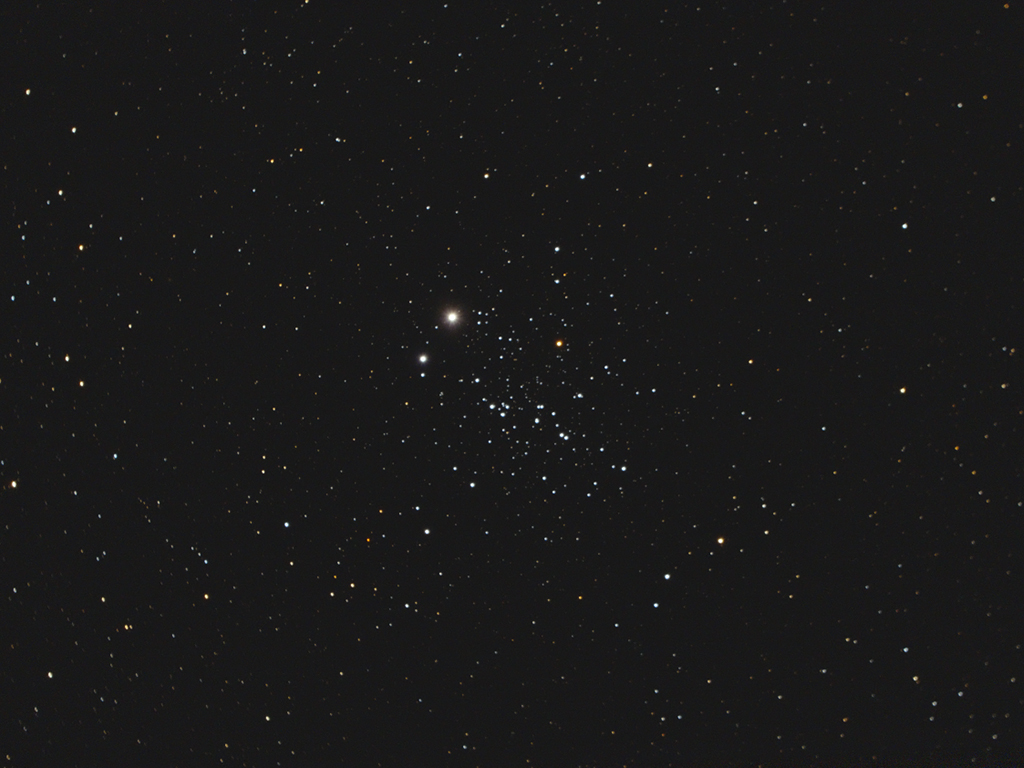
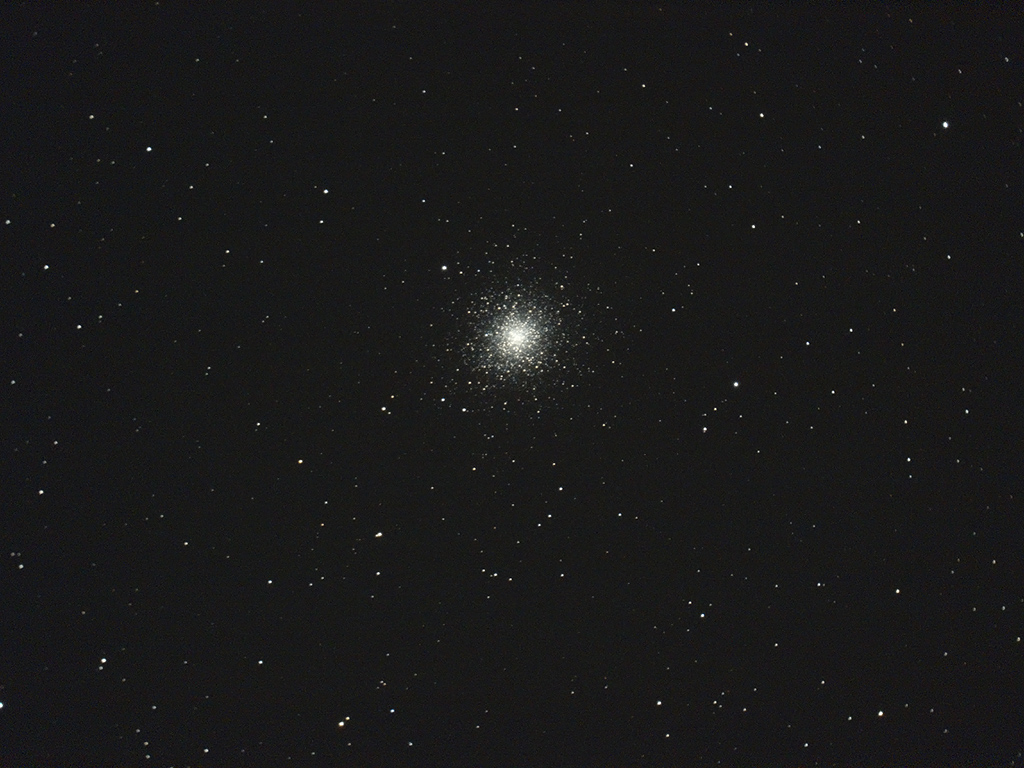
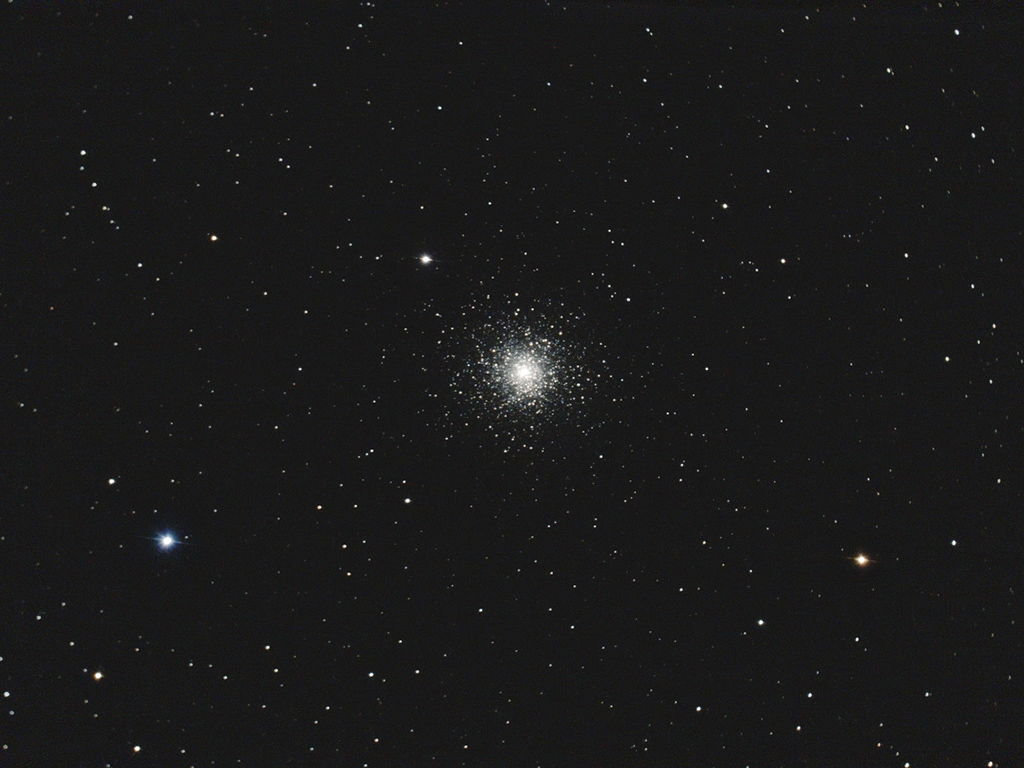


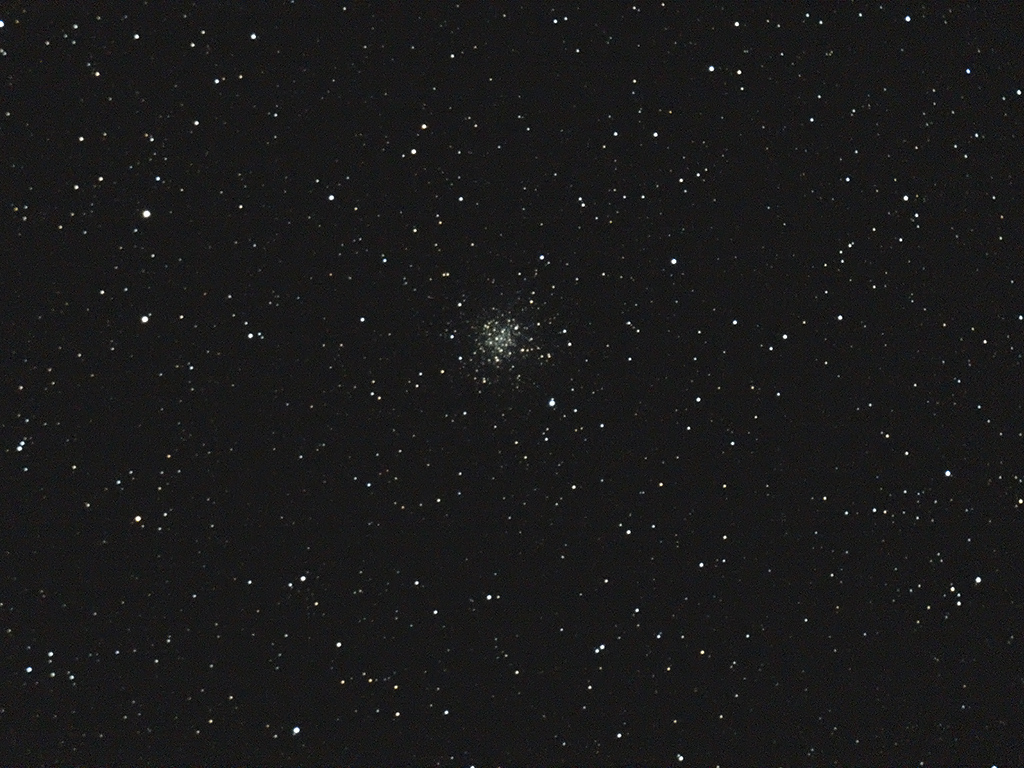
Recent Comments